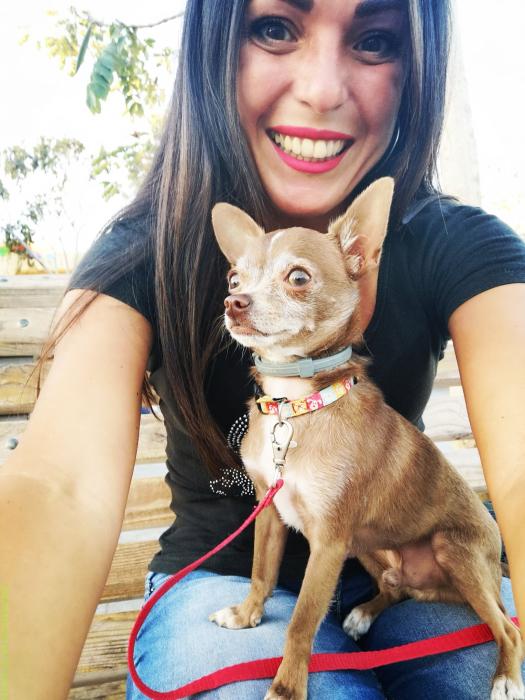Sunday, March 05, 2023
Ovarian insufficiency is when a person's ovaries stop working before expected menopause. This can be frustrating and heartbreaking for those looking to have children.
Research has shown that infertility caused by POI can be effectively reversed with stem cell treatments.
Premature ovarian insufficiency affects the body's ability to ovulate and greatly decreases fertility. Ovarian activity may happen infrequently, and only 5–10% of those with POI will be able to conceive naturally.
Stem cells can enhance ovarian function and can also be used as a way to support other treatments for those looking to conceive. Pluripotent stem cells are a safe and effective treatment for ovarian rejuvenation.
Candidates for an ovarian rejuvenation procedure using stem cells include those with:
- Low AMH
- Poor egg quality
- Have a diminished ovarian reserve
- Unsuccessful In vitro fertilization (IVF) or other infertility treatments
- Thin Endometrial Lining
- Early menopause
What is ovarian rejuvenation?
Ovarian rejuvenation is a term used to describe the process of reversing the effects of premature menopause and premature aging on ovarian function. It's an umbrella term for rejuvenating and regenerative medical strategies that aim to slow down the aging of the ovaries, avert ovarian decline, and improve overall ovarian function in peri-menopausal women.
Ovarian tissue regeneration is especially important for women trying to get pregnant. Fertility clinics and fertility center programs mostly focus on improving ovarian hormone production, improving ovarian response, supporting follicle development, oocyte quality, oocyte yield, and oocyte retrieval for a successful pregnancy.
The impact of hormone therapy can yield a successful pregnancy, yet there are several additional ways to augment ovarian rejuvenation therapy for fertility in women whose ovulatory function is vastly depleted. Fertility specialists can use ultrasound to guide intra-ovarian injections of platelet-rich plasma, peptides, and growth factors.
Recently, intravenous application and ovarian injection of stem cells and their tissue regeneration rich secretome, exosomes, are showing promising results in early-stage clinical trials and in clinical practices, helping women improve their chances of pregnancy. Stem cells support the peri-menopausal human ovary and the aged ovary by introducing regenerative and reprogramming factors into the tissue and rebooting organ function. Stem cells and exosomes are the next frontiers in ovarian rejuvenation therapy.
What is premature ovarian insufficiency (POI)?
Primary ovarian insufficiency (POI) is a condition where women lose ovarian reserve and their ability to produce quality and quantity of eggs. It is also known as premature ovarian failure.
POI affects approximately 1% of women worldwide. Some women lose their egg reserves quite early, in their 30's and early 40's.
Symptoms of POI:
- Infrequent periods
- Missed periods
- Hot flashes
- Night sweats
The reasons for this relatively early decline are many: family history, hormonal dysregulation, autoimmunity, toxins, stress. Most doctors will agree that the solutions are not simple. Treatments for successful pregnancy in these women can be challenging.
How can stem cell therapeutics help treat POI?
Stem cells secrete potent regenerative proteins and transcription factors that, when injected into the bloodstream, or directly into the vicinity of the ovary, or intraovarian, stimulate the quiescent ovarian stem cells to reactivate organ function, and the ovarian tissue eventually resumes its ovulatory function.
Pluripotent stem cells are especially potent for ovarian reactivation. Their exosomes, plurisomes, contain dozens of ovarian-specific transcription factors that reboot cell proliferation and follicular development.
Stem cells are multipotent cells that have the ability to divide into a variety of other cells for the purposes of repair, development, and regeneration. Treatment of infertility with stem cell therapy is gaining popularity.
Intravenous and ovarian injection of these potent ovarian tissue reprogramming factors allows the layer of tissue to heal, regenerate, and restart healthy organ function in women.
Ovarian reactivation, and the reversal of ovarian aging is at the pinnacle of stem cell-based reproductive medicine.
Success Story from one of our Ovarian Rejuvenation Patients
Desirèe, 39, came to the Stemaid Institute after losing her period in the fall of 2020. Her gynecologist ran a full serum blood tests, only to discover her blood sample work showing POI, her ovulatory function in decline.
In addition, with her serum levels of sex hormones completely depleted, she was showing symptoms of menopause. Her endovaginal ultrasound showed uterine atrophy. This all came as a shock to her. She was overall very healthy, and the ovarian tissue was always healthy. A menopause transition before 40 was not okay.
Her dream is to be a mom, to have a healthy pregnancy someday.
These symptoms of menopause hit her hard. Her functional medical team told her that there was not much that could be done because the elevated serum level of follicle-stimulating hormone (FSH) was just too high to turn this around.
She was quickly losing hope. So she came to us, knowing that we offer ovarian rejuvenation procedures using pluripotent stem cells.

Ovarian Stem Cell Therapy
At the Stemaid Institute in Baja California, Mexico, we designed an ovarian rejuvenation program for Desirée, with weekly intravenous injections of exosomes derived from pluripotent stem cells, PlurisomesTM, and direct injection of these regenerative factors into the uterine and ovarian areas.
After 4 weeks of our ovarian treatment, we ran the blood work again — and her POI was gone! Her blood pressure and blood sugar levels returned to normal.
A week later, she called us with great news: her menstrual cycle was back as well. Six months later, her cycle days are still regular. What a relief for everyone!








